Tag: hemodynamics

COVID-19 ARDS has higher EVLWi and PVPI values than non-COVID-19 ARDS
Compared to acute respiratory distress syndrome (ARDS) patients without COVID-19, patients with COVID-19 had similar lung mechanics, but higher extravascular lung water index (EVLWi) and pulmonary vascular permeability index... read more
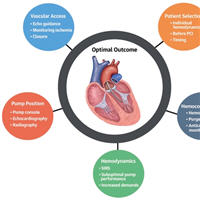
Managing Patients With Short-Term Mechanical Circulatory Support
The use of mechanical circulatory support for patients presenting with cardiogenic shock is rapidly increasing. Currently, there is only limited and conflicting evidence available regarding the role of the Impella (a microaxial,... read more
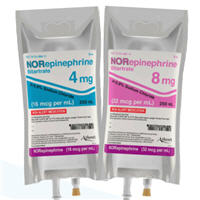
Norepinephrine Dosing Error Associated with Multiple Health System Vulnerabilities
Vasopressors are commonly used in the treatment of shock to support blood pressure, cardiac output, and end-organ perfusion. These agents are associated with risk of serious adverse effects including ischemia (e.g. stroke,... read more
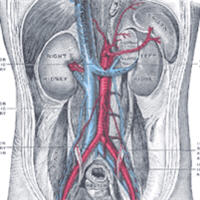
Mythbusting: (Empty IVC + Hyperkinetic Heart) Does Not Equal Volume Depletion
An empty IVC and hyperkinetic heart does not equal volume depletion. This combination of echocardiographic findings may result from either vasodilatory shock (as illustrated above) or hypovolemic shock. If encountered in... read more
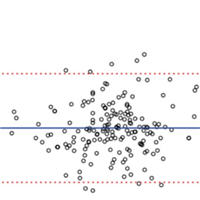
Agreement Between IVC Diameter Measurements by Subxiphoid vs. Transhepatic Views
When it is not possible to obtain the subcostal view, it is possible to use the lateral transhepatic view. However, using the percentage variation in IVC size is likely to be more reliable than the absolute diameter alone.... read more

A novel, hands-free ultrasound patch for continuous monitoring of quantitative Doppler in the carotid artery
Quantitative Doppler ultrasound of the carotid artery has been proposed as an instantaneous surrogate for monitoring rapid changes in left ventricular output. Tracking immediate changes in the arterial Doppler spectrogram... read more
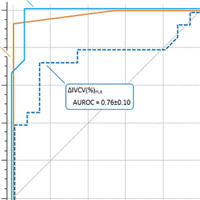
IVCDV is not a reliable indicator of preload responsiveness
During mechanical ventilation with Vt = 6 mL/kg, the effects of passive leg raising (PLR) can be assessed by changes in pulse pressure variation (PPV). If inferior vena cava diameter (IVCDV) is used, it should be expressed... read more
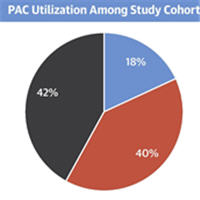
Hemodynamic Profiling utility using Pulmonary Artery Catheters in Cardiogenic Shock
PAC usage in cardiogenic shock (CS) is being revitalized by recent positive analyses of large registry and administrative databases. To realize the full potential of pulmonary artery catheters (PAC), more research is urgently... read more

Functional Hemodynamic Monitoring With a Wireless Ultrasound Patch
In this Emerging Technology Review, a novel, wireless, wearable Doppler ultrasound patch is described as a tool for resuscitation. The device is designed, foremost, as a functional hemodynamic monitor-a simple, fast, and... read more

Expert Consensus on Methodology for Conducting and Reporting Echocardiography Research Studies
Echocardiography is a common tool for cardiac and hemodynamic assessments in critical care research. However, interpretation (and applications) of results and between-study comparisons are often difficult due to the lack... read more

Cardiothoracic Critical Care
This new bedside manual guides you through all the practical aspects of managing patients following cardiothoracic surgery and critically ill cardiology patients. Primarily designed to use in cardiothoracic intensive care... read more
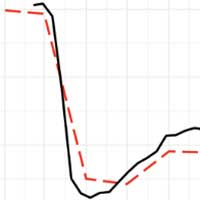
Pulse Wave Analysis to Estimate Cardiac Output
Cardiac output (CO)–guided therapy is a promising approach to hemodynamic management in high-risk patients having major surgery and in critically ill patients with circulatory shock. Pulmonary artery thermodilution remains... read more
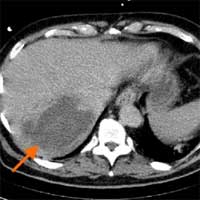
Shedding Light on a Hidden Source of Septic Shock with POCUS
Septic shock has a high mortality rate, estimated to be higher than 40% [1], increasing as time passes without appropriate treatment. Hence, correct diagnosis of the cause of sepsis is essential to provide correct antibiotic... read more
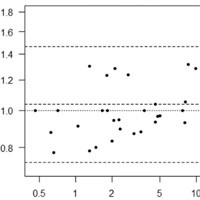
Validation of a Point-of-Care Capillary Lactate Measuring Device
Lactate Pro 2 had good agreement with the reference method using arterial blood but poorer agreement using venous blood. Our results show the potential for overestimation of the lactate values in haemodynamically compromised... read more




